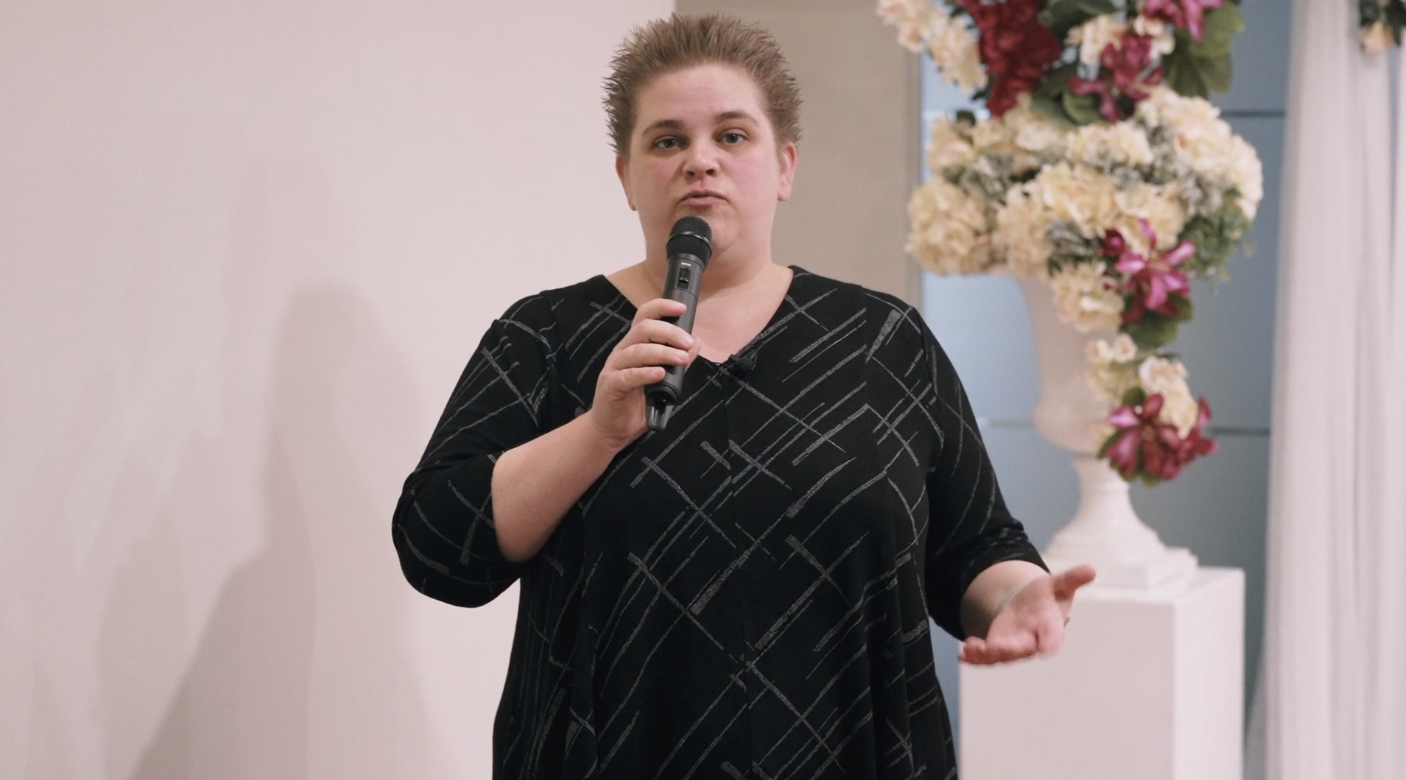Jeff asks:
I’m heading into my busiest year yet, I’m so happy I get to work alongside so many great humans who want to be married! The downside (if we can call it that) – my ceremony writing process is my least favourite part (is that bad?). I’ve done the work of automating as much of the process as humanly possible while creating a very fun customer journey, but when it comes down to writing the ceremony I’m just not that psyched. And then when you multiply the procrastination to start by x amount of weddings it’s easy to fall behind. Couples and guests have always said they love the ceremonies I write (phew!) but it can be exhausting and seems hard to scale.
I hear you Jeff, I used to feel a similar way about the ceremony writing process.
I’ll take a hard left out of celebrancy and ceremony writing for a second, and talk about business, in particular, creative businesses.
Creativity is a flow state, it comes, it goes, sometimes it’s not replicable, or in other moments, the silliest thing will throw us off course and we’re in deep water drowning in the backlog of things we should have done, but have not.
Smart business people identify their strengths and weaknesses, and find workflows around and through them.
Once you’ve identified a weakness, a roadblock, something that stops your creative flow, or something that negatively affects your mental health, you need to do something with it:
- Is it required by law or regulation? If so we need to figure out how to tackle it.
- Is it required by a market-norm or your product or service includes it? I’d say there’s room to erase it from your business, or outsource it.
- Is it actually not required at all, and is simply a thing you think you have to do but don’t. Get out the eraser, we’re rubbing this one off the board.
Required by law or regulation
There are some things, like taxes, accounting, business forms, administration, that the powers-that-be require us to do. Maybe you don’t need to do them yourself, maybe an accountant, a personal assistant, a virtual assistant, or a professional in that field, can do for you. Look at offloading, outsourcing, this work to them so you can get back to your deep work of being creative.
Required by the market
The market doesn’t always know what they want, they’re relying on you to be creative and to create something they’d love, plus, I bet there’s a segment of the market who would rather your creativity than your doing-the-right-thing.
Like the myth goes, “If (Henry Ford) had asked people what they wanted, they would have said faster horses.”
This is a place to exercise your creativity and do the deep work to figure out how you can deliver something the market wants without disabling yourself.
Not required at all
Delete it off your website, take it off your documents, forget it ever existed, and when asked why you don’t do it, be the expert and the leader and communicate why it doesn’t matter and how you do something better for the portion of the market that appreciate your art.
On writing ceremonies
There are four different kinds of ceremonies created, in my opinion.
- 100% templated, insert-name-here, you could do it in Microsoft Word. That template has to come from somewhere, hopefully it’s something you feel comfortable delivering. Some of our celebrant colleagues excel at this style.
- 100% written for the couple, in consultation with them. Some of our celebrant colleagues excel at this style.
- Ceremony created by a third party. Someone with spectacular writing skills writes a ceremony, in consultation with the couple, and the celebrant delivers it well. The writer is the Bernie Taupin to your Elton John. Some of our celebrant colleagues excel at this style.
- Templated bits, mixed in with personal drops. This is my personal style. I have “bits” like a comedian might, and I know how they work best, and which crowds and couples those bits work best on, then I also have notes of a personal nature. I personally assemble most of this ceremony ahead of time in prep, but deliver it on the fly, knowing that depending on weather, timing, the couple, the mood, that sometimes I’ll add or drop bits as appropriate. Some of our celebrant colleagues excel at this style.
The key is to look inside yourself, and to know what you’re good at, and to just do that.
Our clients aren’t hiring you to be something you’re not.
They are hiring you to be the best you you could ever hope to be. So be that.







Probably some of the soundest advice that I am taking on in forging my own style. Identifying what you are truly good at and sticking to perfecting it is key!